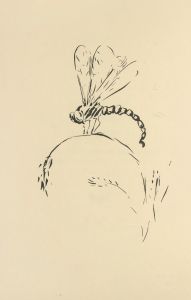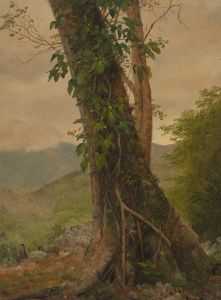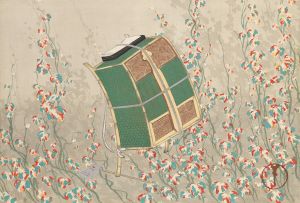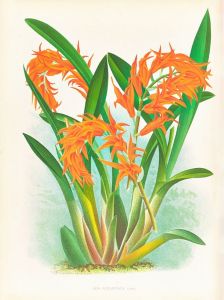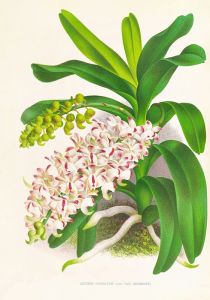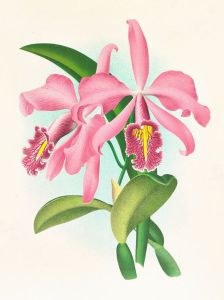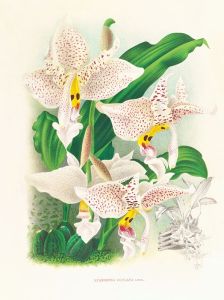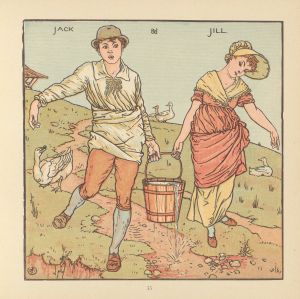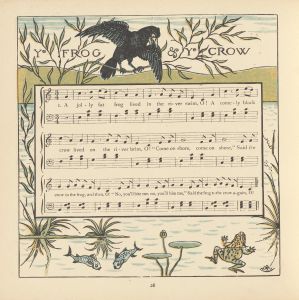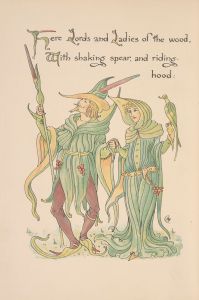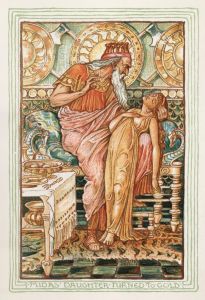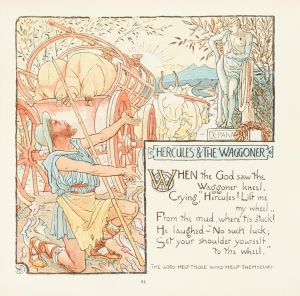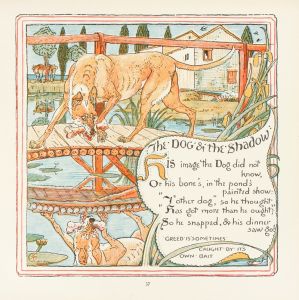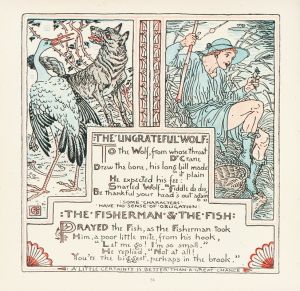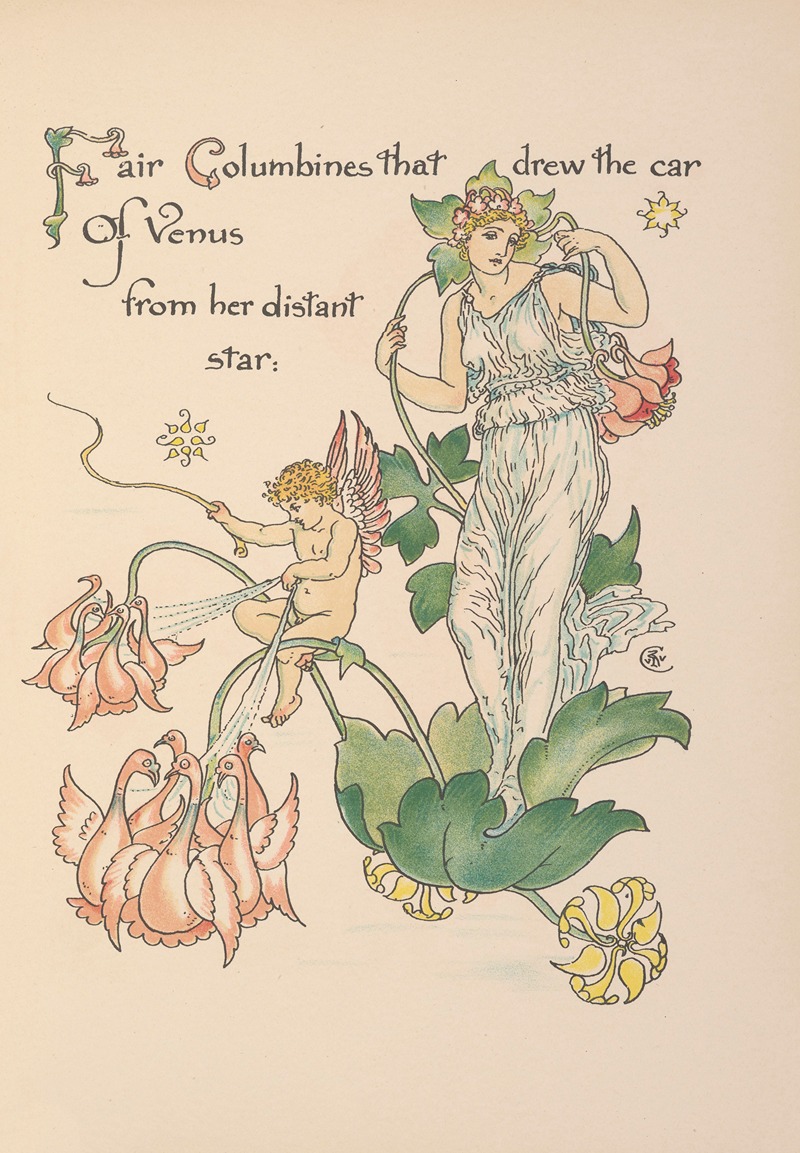
Flora’s feast; A masque of flowers Pl.21
A hand-painted replica of Walter Crane’s masterpiece Flora’s feast; A masque of flowers Pl.21, meticulously crafted by professional artists to capture the true essence of the original. Each piece is created with museum-quality canvas and rare mineral pigments, carefully painted by experienced artists with delicate brushstrokes and rich, layered colors to perfectly recreate the texture of the original artwork. Unlike machine-printed reproductions, this hand-painted version brings the painting to life, infused with the artist’s emotions and skill in every stroke. Whether for personal collection or home decoration, it instantly elevates the artistic atmosphere of any space.
Walter Crane (1845–1915) was a prominent English artist and illustrator, known for his contributions to the Arts and Crafts Movement and his work in children's book illustration. One of his notable works is Flora’s Feast: A Masque of Flowers, a book first published in 1889. This illustrated book is a celebration of flowers, presented as a poetic and visual allegory of the changing seasons. It features Crane's characteristic style, blending intricate design, vibrant colors, and a sense of harmony between text and image.
Plate 21 from Flora’s Feast is one of the many illustrations in the book, showcasing Crane's artistic interpretation of flowers personified as figures in a masque or theatrical performance. Each plate in the book corresponds to a specific flower or group of flowers, depicted in human-like forms, often dressed in costumes inspired by the shapes and colors of the flowers themselves. The illustrations are accompanied by verses written by Crane, which add a lyrical and narrative dimension to the artwork.
Crane's work in Flora’s Feast reflects his deep interest in nature, mythology, and the decorative arts. His illustrations often draw from classical and medieval influences, as well as the Pre-Raphaelite movement, which emphasized detailed and symbolic representations of nature. The book is also an example of the Victorian fascination with botany and the language of flowers, a cultural phenomenon in which flowers were assigned symbolic meanings and used as a form of communication.
The artistic techniques used in Flora’s Feast demonstrate Crane's mastery of watercolor and his ability to create intricate, flowing compositions. His use of soft, harmonious colors and delicate lines gives the illustrations a dreamlike quality, while the anthropomorphic portrayal of flowers adds a whimsical and imaginative element. The book was well-received upon its publication and remains a significant example of late 19th-century book illustration.
While specific details about Plate 21 are not provided here, it can be understood as part of the larger thematic and stylistic framework of Flora’s Feast. Each plate, including Plate 21, contributes to the overall narrative and aesthetic experience of the book, which celebrates the beauty and diversity of the natural world through the lens of art and poetry.





